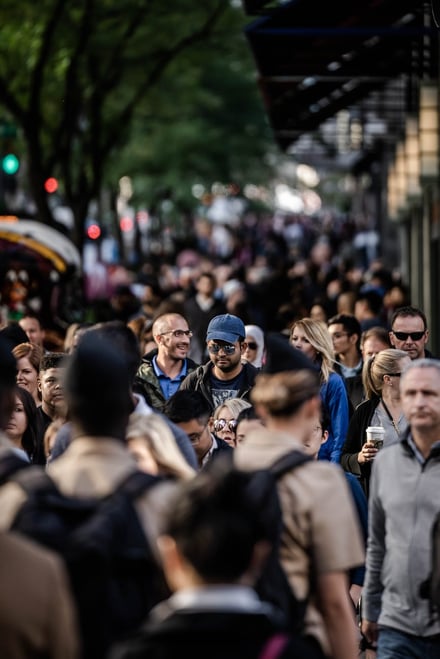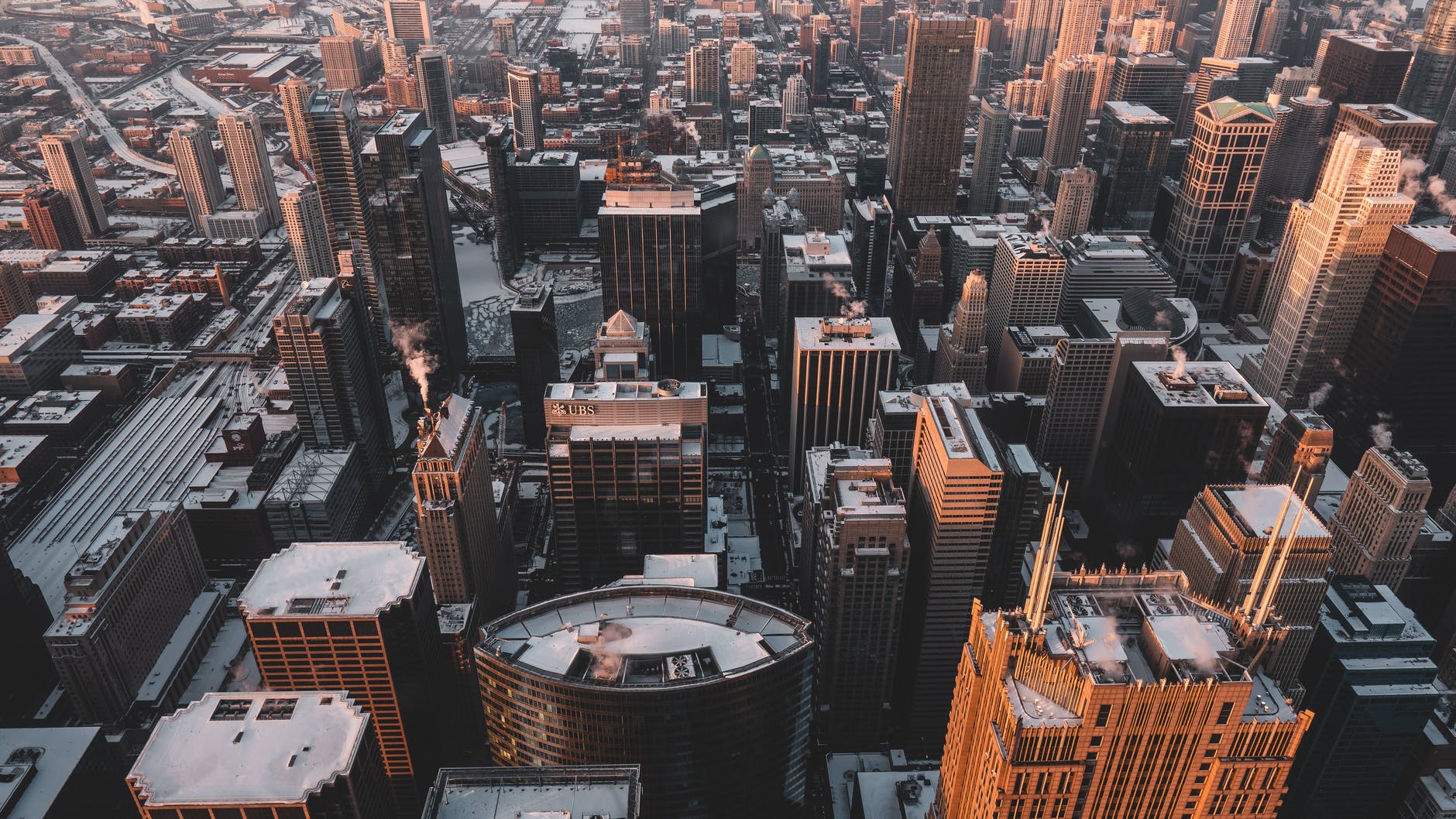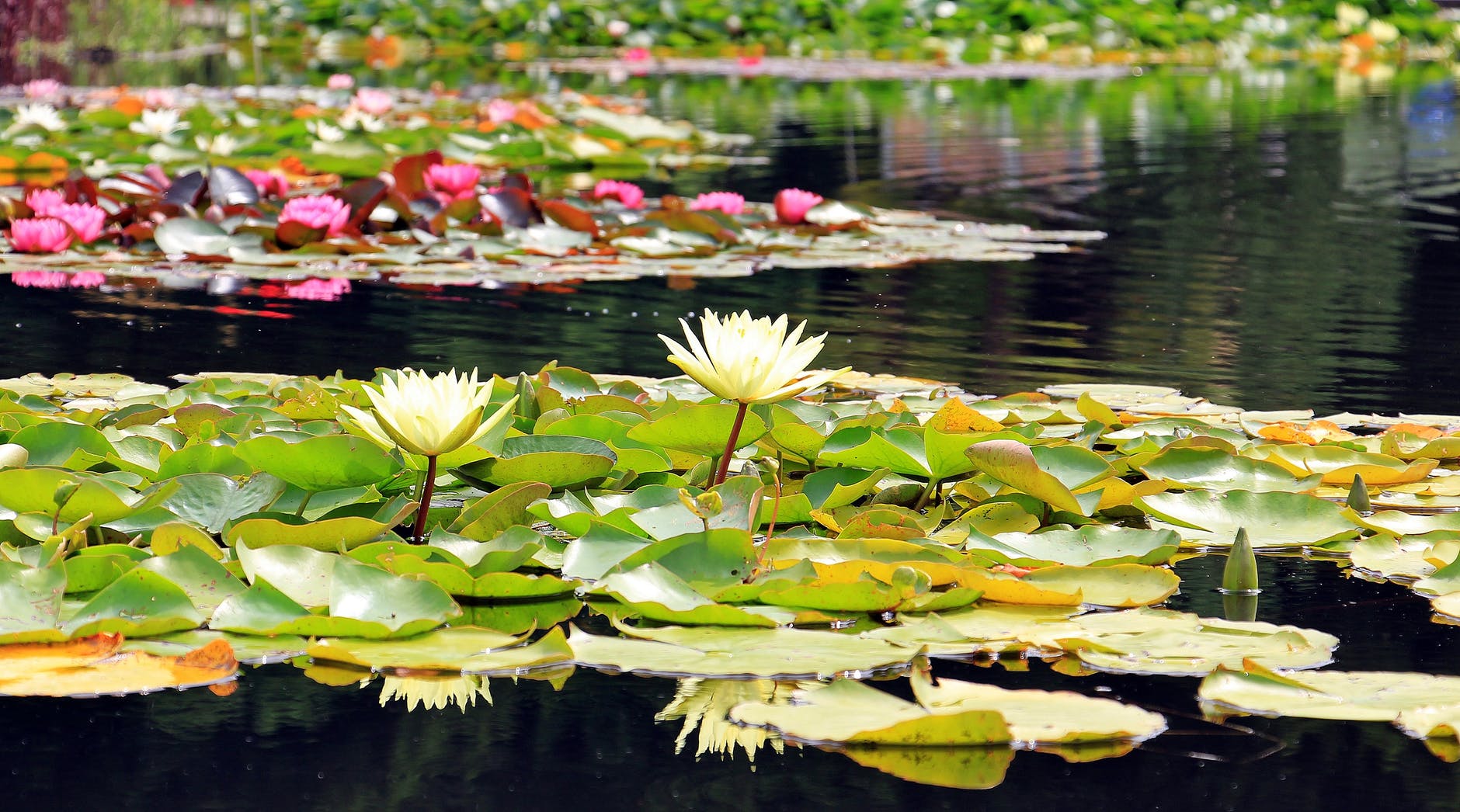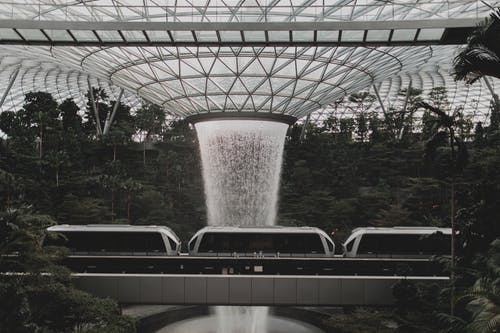Singapore is endued with a decent rainfall of 2,400 millimeters. But the area is restricted to 61,000 hectares. The city is sparing no means to reap this gift. This capitalization of rainfall has been possible only after considerable research and adoption of strict pollution and internal control .
As most cities are polluted, there's constant danger of utilizing water harvested in polluted environments, especially for drinkable needs.
The value of urban catchments in Singapore.
In Singapore, the situation of impounding reservoirs is typically faraway from highly inhabited areas. Catchment areas were once relatively clean, hence, the water captured was of excellent quality.
There are certain locations have now been pointed out as areas where pollution-contributing activities are strictly prohibited. However, when the urbanization in town is growing at a rapid pace, pollution levels are also increasing. Suitable measures had to be taken to curb such pollution levels so on minimize the impact on the quality of raw water -- urban runoff.

Water use in Singapore has been steadily increasing. Usage of the existing water reservoirs in terms of total urban area has been increased from about 3% before 1969 to about 44% in 1986. Limited land and competing demands for its use from a growing industrial sector has led to the maximization of land use in Singapore. This includes some urbanized areas with a high intensity of high-rise buildings, light industries and paved areas.
Before 1969, legislation ensured that 'protected' catchments were demarcated just for the event of water resources. Immediately after this, the remaining two per cent of the protected area was used together with an extra four per cent of unprotected area within the Seletar Scheme area of the town .
This unprotected place was strife with pollution from the Agricultural sector. Hence the combined area was considered 'partly protected'. By 1981, an oversized tract of just about 26 % of the entire land was used to establish two major water system schemes. These areas were totally unprotected and led to the establishment of variety of laws to regulate water pollution.
The foremost important feature of this scheme is that nearly one-quarter of the catchment is in an populated area with high-rise buildings and industries. The surface runoff is subject to a good sort of contaminants. Hence, control of pollution and relevant technology are the most priorities within the scheme. This scheme is an example for Indian cities where water scarcity is compounded by pollution .
R&D involved in Singapore water network !
A fair amount of R&D work has been done and invested a good amount of money and time in Singapore to maximise abstraction of rainwater. Various water schemes have introduced the use of the roofs of high-rise buildings, of runoff from airports for non-potable uses, and integrated systems using the runoff from industrial complexes, aquaculture farms and academic institutions. There are some notable examples.
Optimal use of rooftops in Singapore -
Tall buildings in city consist house about 86 % of Singapore's total population. altogether cases involving collection of water from rooftops, an easy input/output model has been wont to determine the available quantity of rainwater. in a system implemented in an exceedingly 15-storey building, water collected on the roof was diverted to 2 rainwater tanks and therefore the water was used for only toilet flushing. a very important concern, particularly within the case of tanks at ground level, is that the abundance of mosquitoes. A fine-mesh screen incorporated at the water inlet prevents mosquitoes from flying out of the tank instead of curbing the ingress of eggs through the input. Breeding of mosquitoes are often overcome by dousing the stored water with kerosene.

In another case, a close study was applied and a program was developed. during this case, an easy dual-mode system was incorporated within the collection tanks placed on the roof. The programme took under consideration varying demand, overflows and therefore the amount utilized. An economic appraisal established that there was an efficient saving of 13.7 per cent of water. the price of the rainwater was about 0.395 Singapore dollars (S$) or us $0.25 per cubic meter (cum), as against the value of potable water, which was S$0.535 (or us $0.33).
Another study involved high-rise buildings in an urban territory of about 742 hectares with a complete of 49,000 flats. employing a further modified programme, it had been possible to compute the quantity of potable water to be pumped, when there was no stored rainwater, and determine the frequency of such pumping.
Use of institutional buildings -
Most collages and universities have some land and rooftops. In one amongst the teaching institutions in Singapore with a complete area of 30 ha and the roofed area of 1.5 ha, a rainwater collection system has been successfully implemented. Runoff collected from the bottom and rooftop waters are directed to a set of chamber where the water is subjected to some chemical treatment followed by sedimentation and chlorination. The treated water is then used for watering sports fields. Untreated water is used for irrigation. The annual saving in water at current costs amounts to S$74,000 ( us $46,250).
Use of Aquaculture farms -
Aquaculture farms have large tracts of land and may utilize rainwater because the quality is appropriate. A case study was undertaken on an aquaculture farm, where ornamental and edible fish and aquatic plants are extensively cultivated. The rainwater collected through these, helped reduce the contamination in waterbodies subjected to high nutrient loads.

Airport buildings and their water collection and distribution-
Catchment areas in airports are much larger than roof areas and involve harnessing of both surface runoff and roof water. within the Singapore Changi Airport, in-built 1986, the runoff is collected from runways, the associated turfed area, and roofs of buildings.
In a drainage basin of 530 hectare, two reservoirs were necessary, one among which retained most of the runoff.

Raw water from this main reservoir is pumped to a pre-treatment plant and therefore the treated water is stored for firefighting and toilet flushes. because the airport is on the point of the ocean , the second reservoir is employed for storm relief when the time of incoming tide and therefore the storm discharges coincide.
Annual savings in water usage amounted to about S $390,000 ( us $243,750). The major finding was that the present storage volume of three ,888 cum was grossly underdesigned. Consequently, only 13 per cent of potable water can be used. By increasing the storage volume to 80,000 cum, all current demands might be met.
Controlling pollution is equally important as storing water in Singapore -
Water pollution control is vital and one of the main performance indicators to Singapore's water harvesting effort. the primary step to regulate pollution was inter-departmental coordination. a minimum of six government and quasi-government groups met frequently and chalked out programmes for strict pollution control.
.jpg?width=500&name=Beltecno_aug%20(1).jpg)
Activity within the catchment had to be regulated. The case of the Lower Seletar-Bedok Water Scheme, different departments and various stakeholders are involved for example planning, housing project , sewerage and drainage systems, pollution control, and other agencies got together to make sure that certain industries didn't operate within the area. The system was designed to channel water to acceptable collection points.
An integrated approach to planning is important in urban catchments. In areas where pollution is inevitable it's to be controlled and where there are chances to avoid it, necessary action has got to be taken.
Beltecno is supplying highly durable stainless steel panel tanks in Singapore for Drinking water storage.
For more information regarding our stainless steel panel tanks download our product brochure by clicking the button below, drop us your requirement on sales@beltecnoindia.com or call us on any of given numbers +91 9116009580/+91 7300084028
For more Details on Our Product click here ![]()
Ref- https://www.pub.gov.sg/watersupply/fournationaltaps/newater



